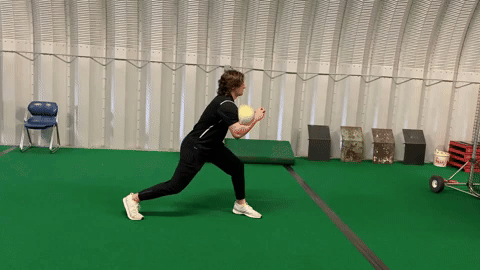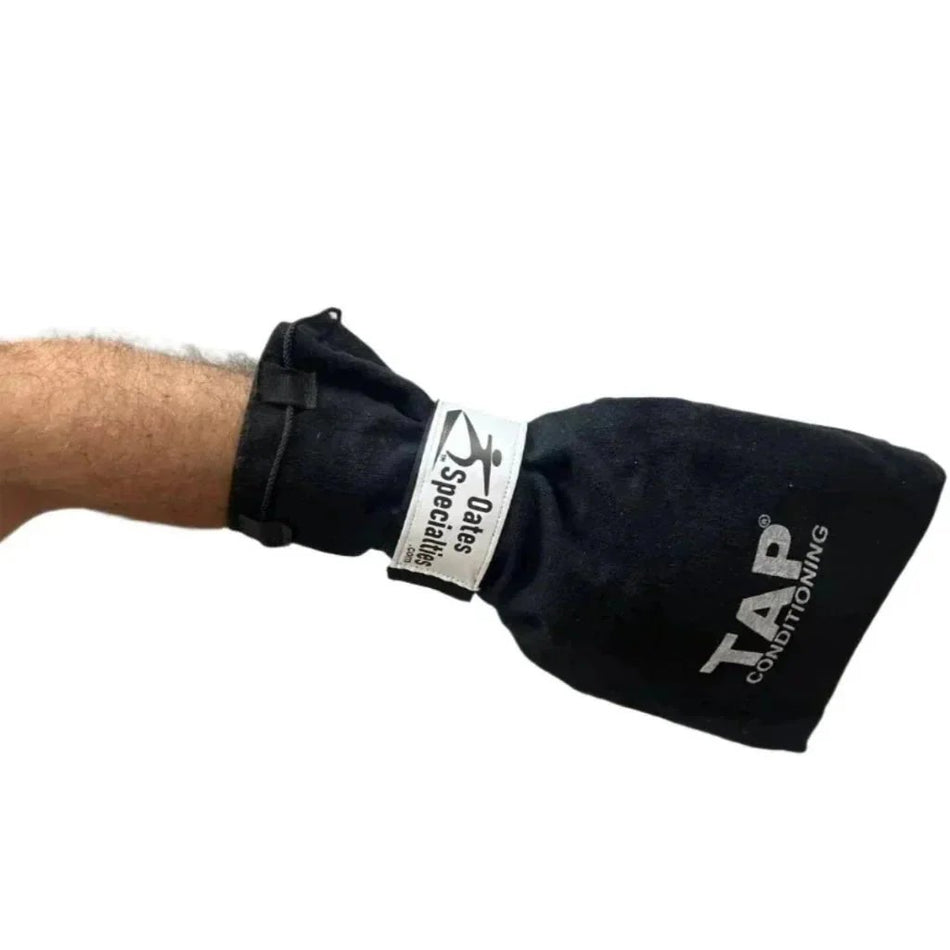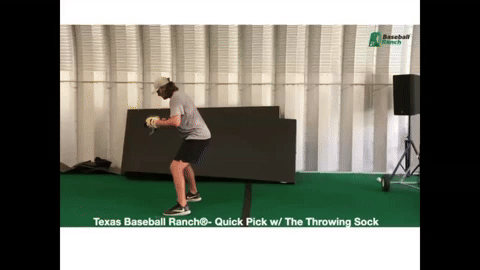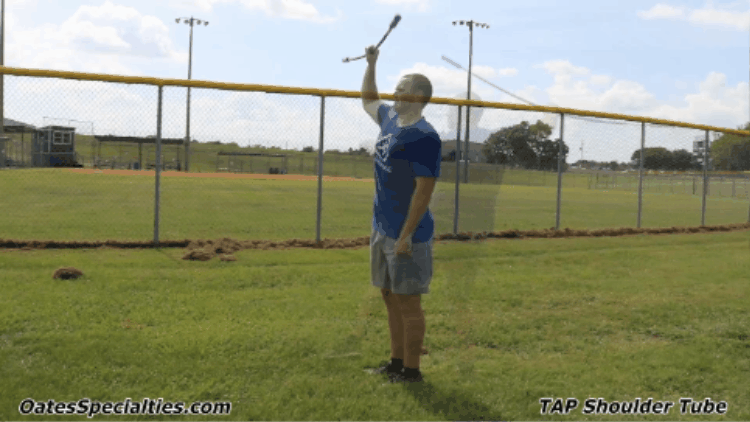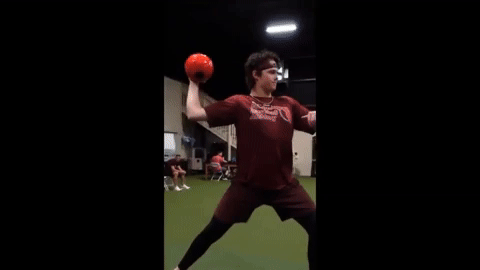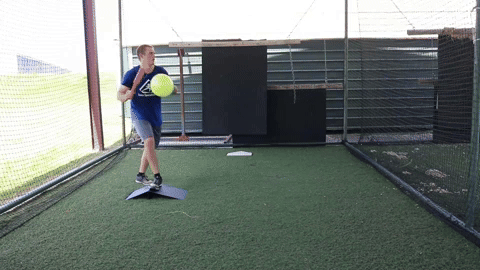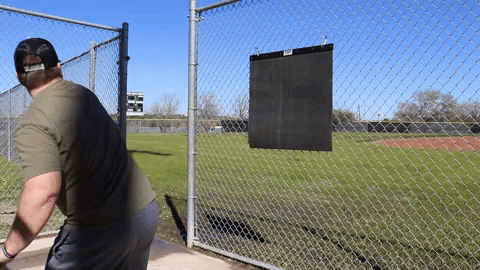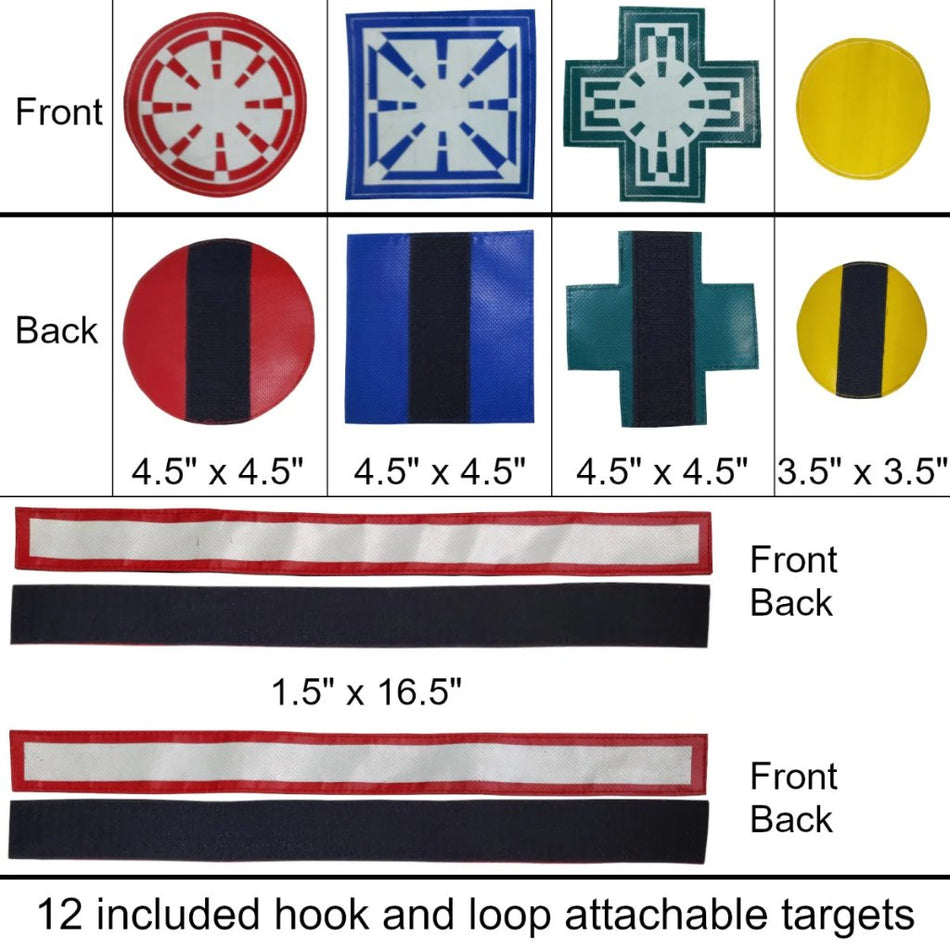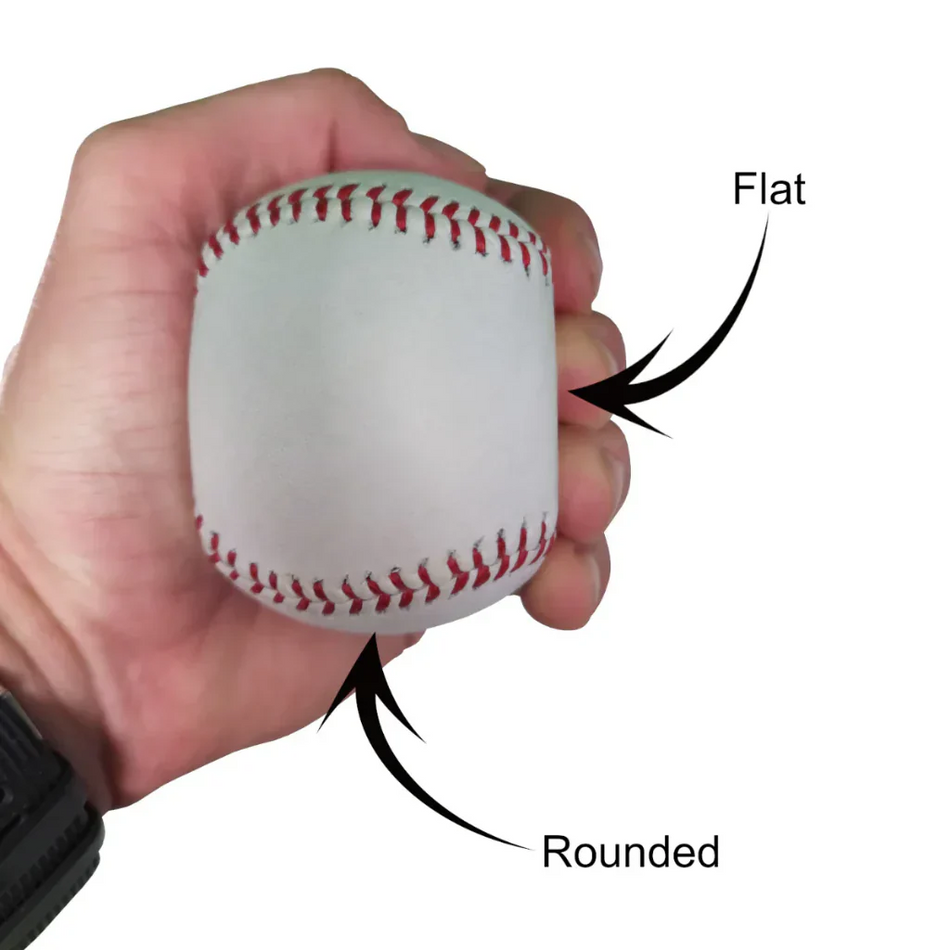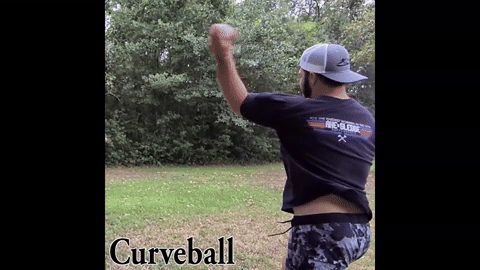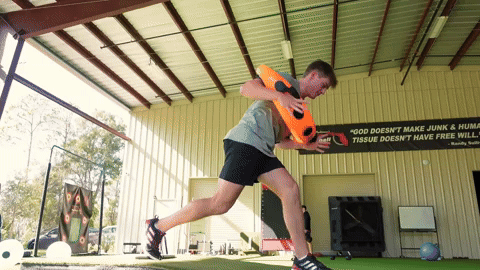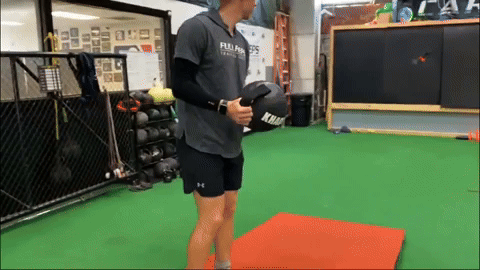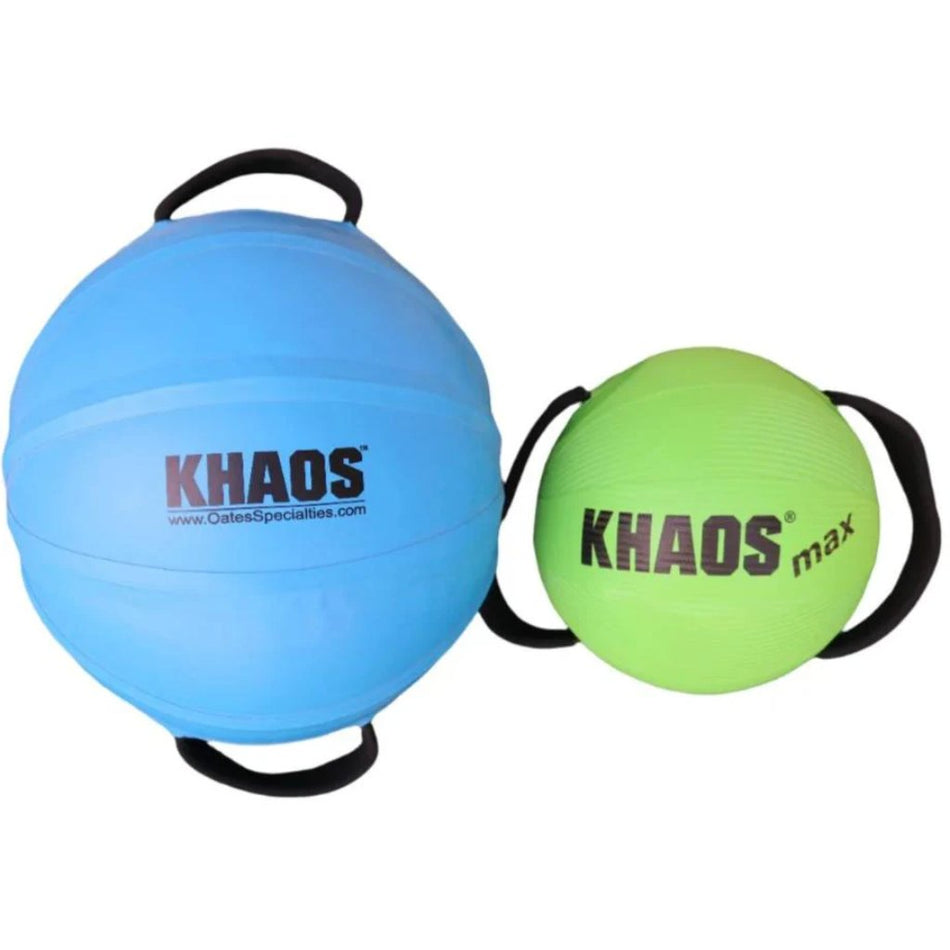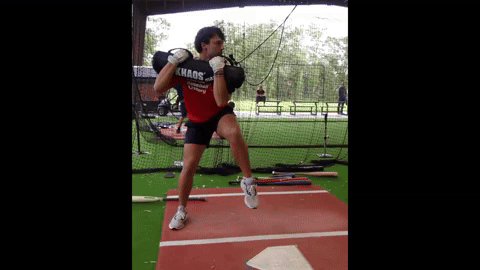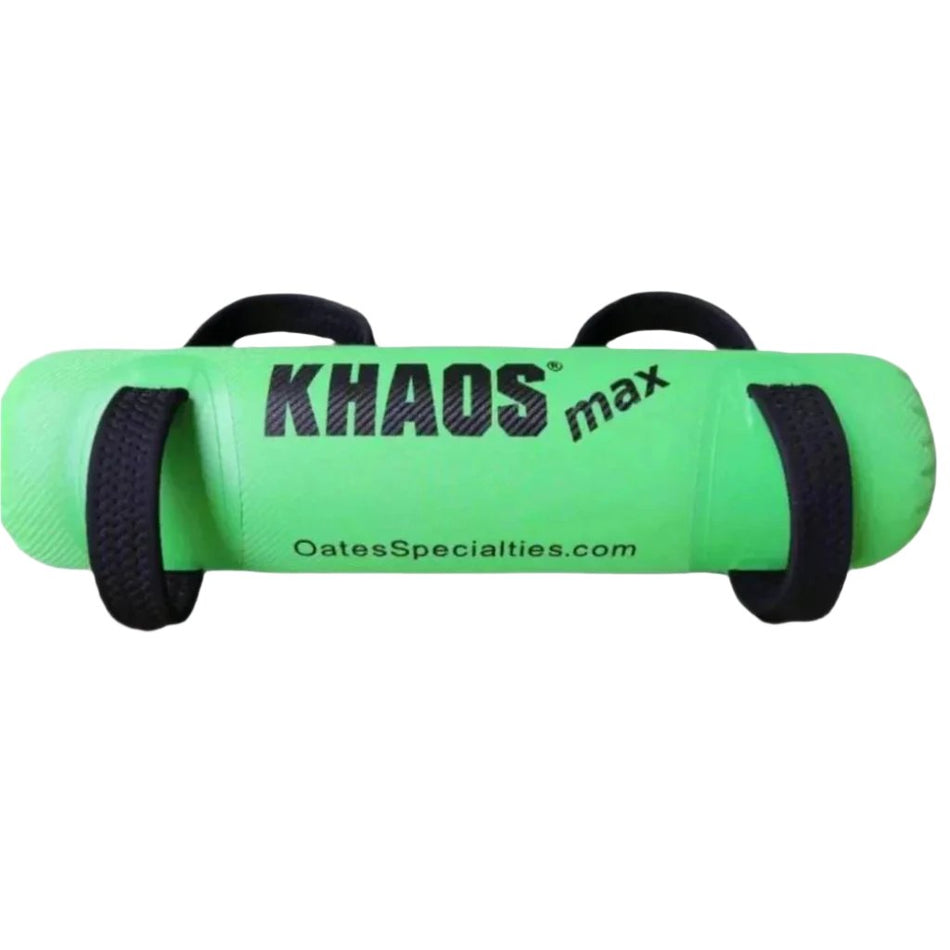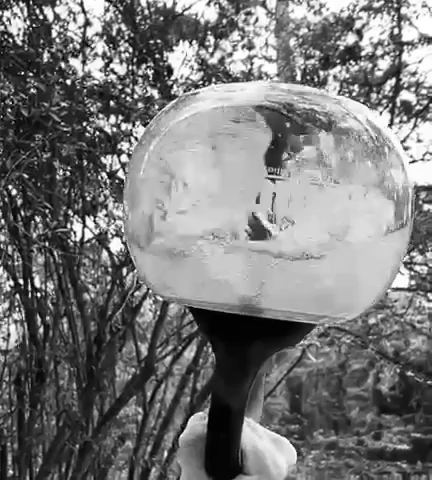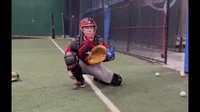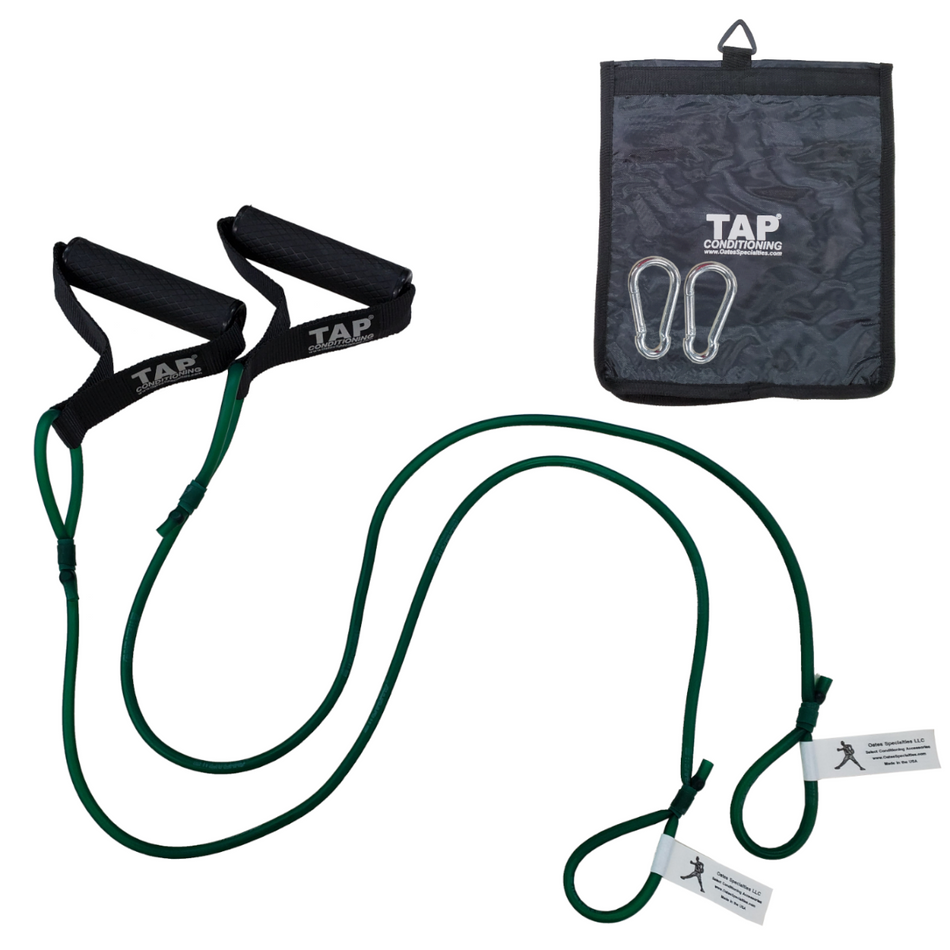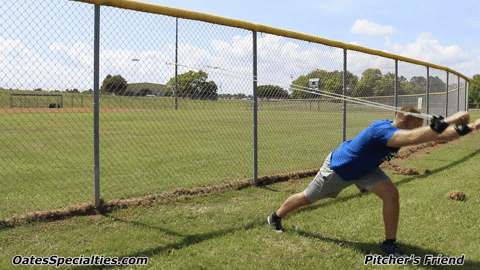Last weekend I traveled to Montgomery, Texas to attend an Elite Pitchers Bootcamp at the Texas Baseball Ranch. I had not been to the Ranch in a number of months so I figured there would be some new exercises and thoughts waiting for me. It turns out I was correct as there were a few new things being done by Ron Wolforth with his athletes and I plan to address some of these things in my next few blogs. But the first topic I want to discuss is pronation.


(Matt Cain courtesy of https://www.flickr.com/photos/artolog/5100000352) (Softball Courtesy of https://keyfundamentalssoftball.com/2021/10/softball-pitching-myths-pt-1-hip-angle/)
Pronation is a rotational movement of the forearm at the radioulnar joint. More simply put, if you tuck your elbows into your sides and move your hand/forearm so that the palms are facing downward you are pronating. Pronation is a naturally occuring process when throwing an object. Whether it is a baseball, softball, football, shotput, or a stick, pronation occurs. Even when swinging a tennis racket pronation occurs. The reason for this is because it is the body’s natural way to decelerate the arm no matter the activity.
Whenever you throw something your arm is traveling at a much higher rate of speed than the rest of your body, and the momentum created during the throw must be dissolved of fairly quickly. Your arm has, more or less, from the time you release the object you are throwing until it reaches your side/thigh or wherever the end of your particular arm action takes you to go from full speed to a dead stop. This is a relatively short path for your arm to go from 90 mph with a baseball to 0 mph. Or if you are throwing another object that is much heavier like a football or a shot put, this is a short time for your arm to dissipate all of the energy and stress from the combination of arm speed and the weight of the ball/shot you just threw.

(Photo Curtosey of https://www.sandiegouniontribune.com/sdut-belarus-shot-putter-stripped-of-olympic-gold-2012aug13-story.html)
Therefore your body naturally pronates so that it can use the larger muscles in the back to help slow the arm down. With pronation, the energy from the movement is able to dissipate down your back and these large muscles can handle the burden of stress much better than the smaller, weaker muscles in your rotator cuff.
Pronation does not only help to protect your rotator cuff but also helps to protect your elbow. Whenever a throwing athlete properly pronates no “banging out” of the elbow occurs. What I mean by that is your arm never reaches the locked out position which can cause serious damage over time. Ideally, when throwing an object your arm should never become fully extended, although for many pitchers this happens shortly after release, as the momentum of their arm and lack of pronation pushes their arm into the straightened out position. Over time this repetitive movement can cause damage. I know from experience since I had my elbow scoped and bone chips removed from continuously “banging out” my elbow.

(Photo Curtosey of https://commons.wikimedia.org/wiki/File:Drew_Brees_Saints_2008.jpg)
Now some of you may be thinking, if pronation is a naturally occuring action then why should I even care brees pronate about it and more importantly why do people still get hurt when throwing if it’s supposed to protect the arm. Well the simple answer to that is pronation does protect the arm from injury. If you take a look at football, softball, shotput, tennis, and javelin, all of these involve throwing actions, most are very similar to a baseball throw, and yet hardly ever do any of these activities lead to shoulder or elbow injuries. The reason for it is because these activities involve heavier objects than a 5 oz baseball.
Now that may cause you to think that it must be the arm speed of a baseball player which causes him to get hurt, and this has some validity to it. However, an elite tennis player swings his racket at over 100 mph. In fact, Andy Roddick who has the fastest serve of all time at 155 mph has had his racquet speed clocked up to 120 mph. Not only does Roddick have to slow his arm but also the tennis raquet which is moving 20 mph faster than the best major league fastball. Why doesn’t he need rotator cuff surgery?

(Photo Curtosey of https://www.si.com/tennis/2011/03/10/10fastest-serves-in-tennis)
What it boils down to is the weight of the object being moved/thrown. A football weighs nearly 2 lbs, a shotput weighs 16 lbs, a tennis racquet weighs around 10 oz and then there is the ultra light 5 oz baseball. Why does this matter? Because when you throw a heavier object your body feels the load created by this weight and the brain knows it must do a heck of a job protecting the arm and dispersing the stress throughout the big muscles in the back. When throwing a heavier instrument, your arm actually pronates more.
But then you get a light, 5oz baseball in your hand and the body/brain is not as worried or focused on the stress Lackey no pronate it will cause because it feels so light. This “mind trick” actually hurts the pronation process as many pitchers pronate late in the course of their throw and some can actually create habits where they hardly pronate at all. Most commonly, you will see players when throwing breaking balls never truly get to pronation as their hand stays supinated the entire time. This wrecks havoc on the shoulder and elbow as the smaller muscles in the rotator cuff bear the burden to bring the arm to a halt.

The appropriate analogy to this would be taking your car, speeding up to 90 mph, and then slamming on the brakes 100 times every 5 days. Those brakes pads will soon wear down and you will be metal on metal in need of a brake job, or in a pitcher’s case, surgery. Pronation though can help save your arm from injury and allow the stress to be naturally dispersed throughout the large muscles in your back, keeping you healthy and on the mound. (Note: the picture above left is John Lackey who is not pronating. He has also struggled with injuries throughout his career)
It is possible to train your body to pronate sooner after release and to maintain this pronation throughout the follow through. This is one of the innovative things Coach Wolforth has his athletes working on at the Tim Lincecum Pronating Texas Baseball Ranch. My next article will focus on how Coach Wolforth is training for earlier pronation after release and maintaining pronation throughout the deceleration process, which will pay huge dividends in arm health.
Until next time,
Brian Oates



